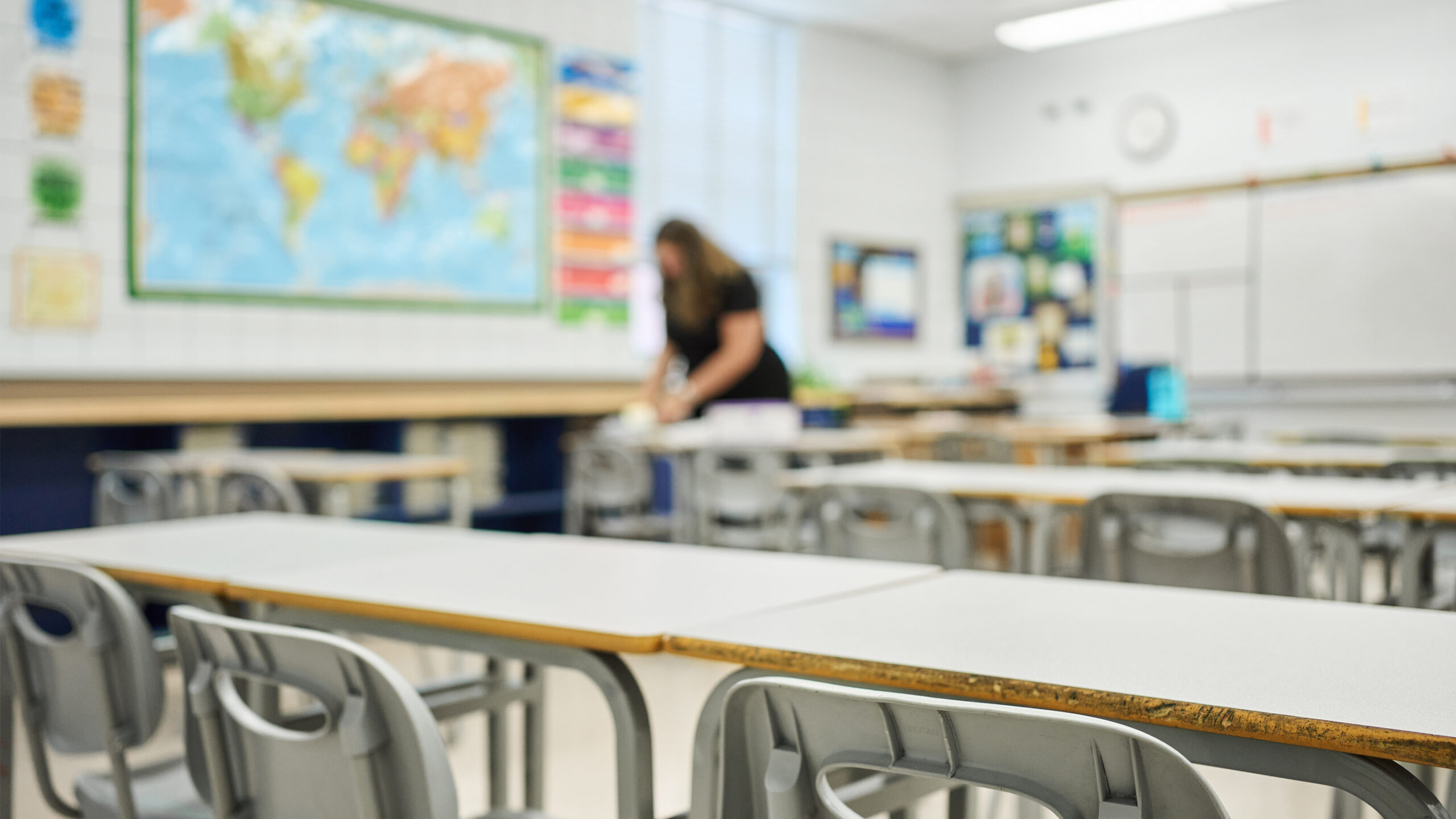Reflecting on the tenets that shape our educational practices is fundamental for …
Guide on Creating a Classroom Environment that Enhances Students’ Executive Function Skills
Jennifer Livingstone

Heading into a fresh academic year presents an opportunity to align our classroom environments with our students in a supportive manner. Minor adjustments and intentional layout configurations can have a positive influence on students’ concentration, autonomy, and academic performance. Studies indicate that elements such as lighting, greenery, and even ceiling height can impact human behavior significantly. Even a simple alteration to your desk arrangement can enhance student involvement. By embracing Universal Design for Learning and executive function principles, we will explore simple techniques to create a brain-friendly classroom setting.
Understanding How the Environment Affects Student Learning
Described as the mental “whiteboard” that stores current thoughts, working memory has a capacity of holding between three to seven items at once. Adopting designs for our classroom environment that consider working memory can be transformative. Generally, the more structured and clear our classroom space is, the more engaged, focused, and productive students can be.
Establishing consistent routines and removing uncertainty regarding daily essentials, such as materials and movement within the classroom, enables students’ working memories to focus on learning tasks rather than logistical matters. For instance, if the method for submitting work changes daily, students may expend mental effort and time figuring out the submission process, diverting their attention from the day’s education content.
Classroom settings can also aid students in managing a key aspect of executive function: time. Introduce visible and tangible time-tracking methods such as various clocks, timers, and visual schedules. For individuals struggling to initiate tasks, consider outlining the initial steps visually along with estimated time requirements.
Encouraging students to complete specific tasks within allocated time frames can motivate them. For those facing challenges in sustaining focus during independent work periods, providing visual or buzzing timers can prompt self-assessment of concentration and progress at periodic intervals.
Another crucial consideration is minimizing distractions to enhance attention through classroom design. While internal distractions are beyond our control, external factors like auditory, olfactory, or physical stimuli can disrupt students’ focus. Our brains naturally shift attention to novel stimuli, causing students to lose focus momentarily when new stimuli emerge.
By creating visually segregated spaces away from classroom movements and offering noise-reducing headphones, you can help students manage distractions independently, reducing the need for constant reminders during work sessions. Address any distracting elements like noisy lighting or devices by seeking replacements or powering them off. Uncomfortable or noisy chairs/desks can also be replaced upon request.
4 Effective Techniques for Enhancing Visual Aids in Your Classroom
Enhance your classroom setup by replacing verbal cues with visual aids and resources that students can refer to throughout the day. Prioritize improving your classroom layout this year, as the time invested now will lead to increased student engagement and reduced reminders.
1. Utilize Charts and Visual Steps: For routines involving more than three steps, create charts or lists with visual representations of each step where the task is performed. Keep the steps concise, emphasizing the action words. Display these visuals at the corresponding task location, such as the area for returning work.
2. Implement a Calendar System: Many students rely on monthly calendars for planning tasks. Maintain an updated calendar with class and school events, aiding students with executive function needs like ADHD or autism. The calendar also serves as a reference for future skills like backward planning.
3. Establish a Schedule: Display a daily schedule to offer structure and predictability. List the general time blocks rather than specific hours to provide an estimate of activity duration. Viewing the schedule empowers students to manage their time independently, enhancing focus as they approach the end of scheduled tasks.
4. Use Labeling: Employ labels to eliminate the search for items, promoting student autonomy and reducing distractions caused by wandering. Labeling general areas like “student tools” rather than individual items provides navigational assistance. Identify areas students frequently access during a typical day for labeling purposes.
Throughout the year, engage students in recognizing and addressing sensory distractions to foster a supportive learning environment. Your classroom setup, designed for flexible seating and sensory adjustments, enables students to self-regulate effectively, enhancing their engagement levels.


